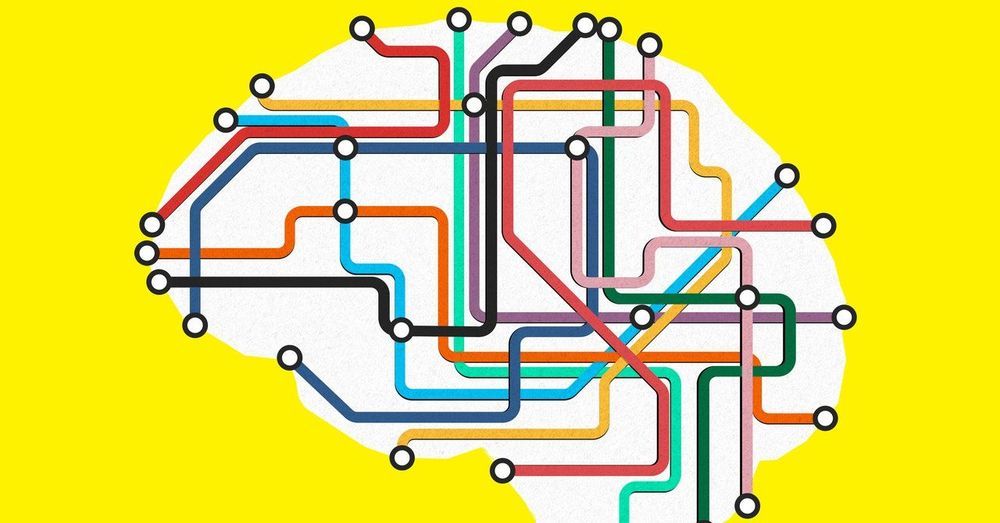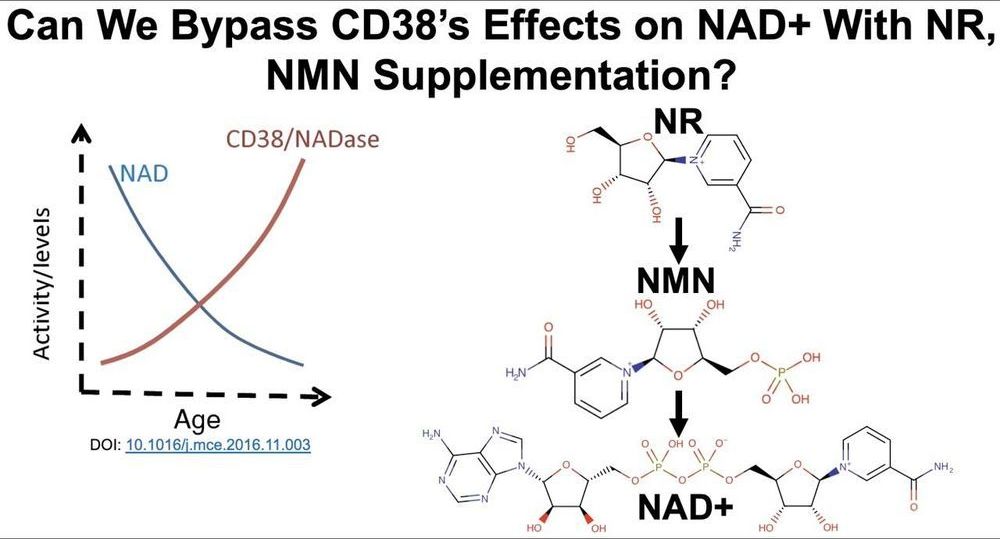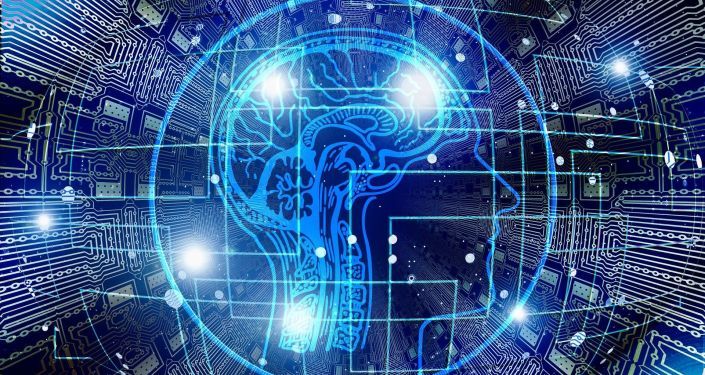A team of researchers at Stanford University has created an artificial intelligence-based player called the Vid2Player that is capable of generating startlingly realistic tennis matches—featuring real professional players. They have written a paper describing their work and have uploaded it to the arXiv preprint server. They have also uploaded a YouTube video demonstrating their player.
Video game companies have put a lot of time and effort into making their games look realistic, but thus far, have found it tough going when depicting human beings. In this new effort, the researchers have taken a different approach to the task—instead of trying to create human-looking characters from scratch, they use sprites, which are characters based on video of real people. The sprites are then pushed into action by a computer using artificial intelligence to mimic the ways a human being moves while playing tennis. The researchers trained their AI system using video of real tennis professionals performing; the footage also provided imagery for the creation of sprites. The result is an interactive player that depicts real professional tennis players such as Roger Federer, Serena Williams, Novak Jovovich and Rafael Nadal in action. Perhaps most importantly, the simulated gameplay is virtually indistinguishable from a televised tennis match.
The Vid2Player is capable of replaying actual matches, but because it is interactive, a user can change the course of the match as it unfolds. Users can change how a player reacts when a ball comes over the net, for example, or how a player plays in general. They can decide which part of the opposite side of the court to aim for, or whether to hit backhand or forehand. They can also slightly alter the course of a real match by allowing a shot that in reality was out of bounds to land magically inside the line. The system also allows for players from different eras to compete. The AI software adjusts for lighting and clothing (if video is used from multiple matches). Because AI software is used to teach the sprites how to play, the actions of the sprites actually mimic the most likely actions of the real player.










